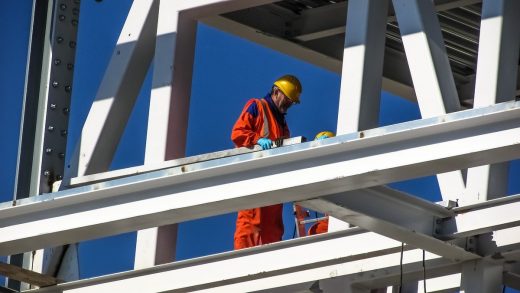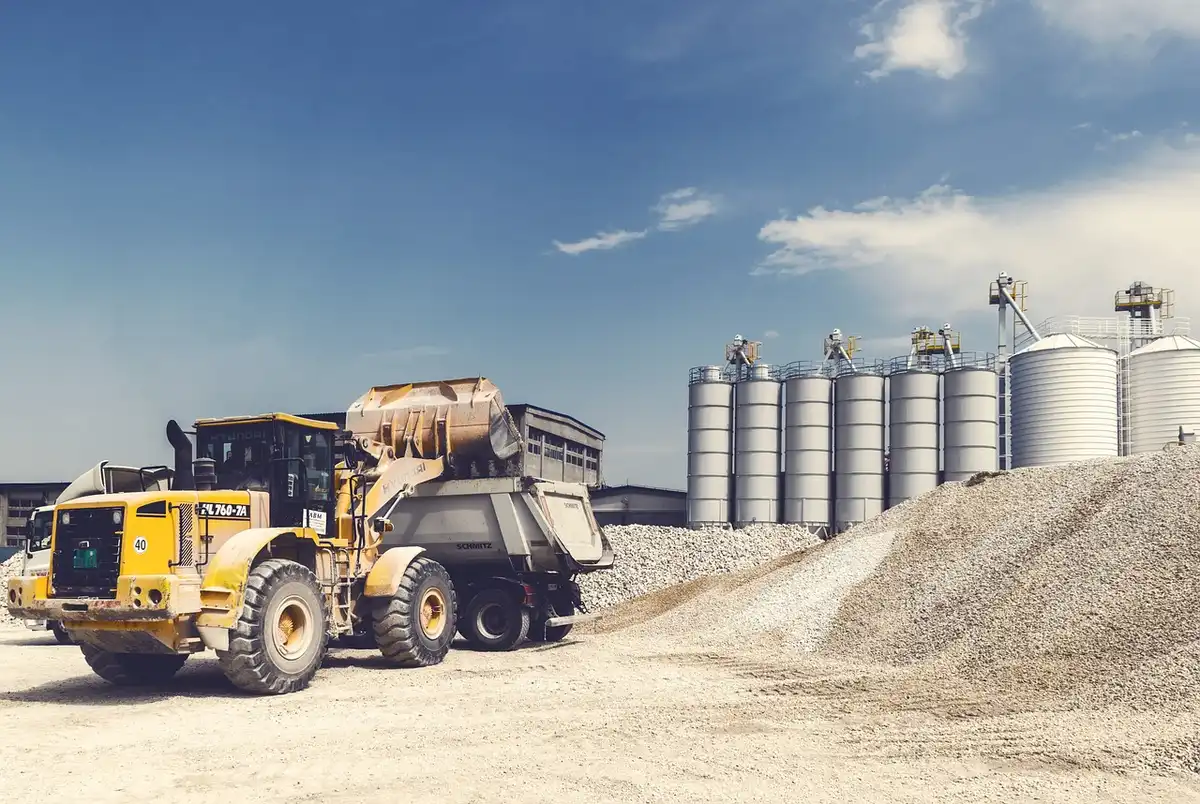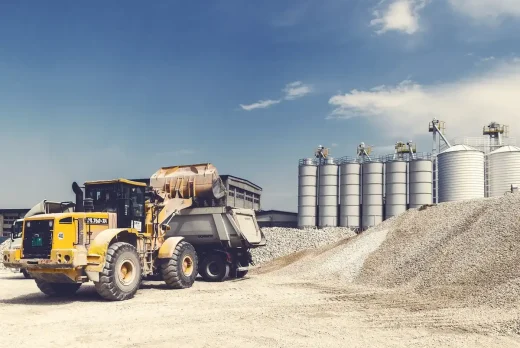Heavy equipment machines and best practices, Construction equipment, Building industry management
Heavy Equipment Essentials: Key Machines and Best Practices
4 November 2024
In today’s construction world, having the right heavy equipment is essential for staying on track with your projects and keeping costs under control. Machines like excavators, bulldozers, and trenchers are the backbone of modern construction, each bringing unique skills to the table that can boost efficiency on the job site.
But to truly get the most out of these powerful tools, it’s all about regular maintenance and safe operation. In this article, we’ll take a closer look at some must-have construction machinery and share practical tips for using and caring for your equipment. With a little attention, you can keep your machines reliable and ensure your projects run smoothly!
Must-Have Construction Equipment
Every construction project needs the right equipment to get the job done effectively. Here are some essential pieces of equipment that assist in construction:
Excavators
Excavators are like the all-around champions of construction. They can do it all from digging foundations to tearing down buildings, you name it. There is a wide range of Excavators, from Minis Excavators with rubber tracks to Large Excavators with Steel Tracks. Among the sizes, many offer different bucket sizes and styles.
Bulldozers
Dozers are powerful machines that are used for moving large volumes of dirt and preparing sites efficiently, providing the precise grading needed for site development. Usually, they are equipped with large diesel engines and large blades. There are different types of blades that could be used.
Skid Steer Loaders
Compact and manoeuvrable, skid steer loaders are ideal for tighter spaces, allowing for agile movement and operation in confined areas. Many models are equipped with rubber tracks, which provide enhanced traction and stability, making them suitable for various terrains and reducing damage to sensitive surfaces. Check here for high quality rubber track options that can enhance your skid steer’s performance.
Backhoes
Combining the functions of a loader and an excavator, backhoes are perfect for various excavation tasks, offering flexibility on the job site. Generally, have better digging capabilities compared to smaller mini excavators.
Trenchers
Efficiently digs a ditch for various reasons, such as laying pipes, cables, and drainage systems. Its precision and speed significantly reduce labor time and costs compared to manual digging. Additionally, trenchers can navigate tight spaces and uneven terrain.
Dump Trucks
Essential for transporting materials, dump trucks facilitate the smooth flow of operations by moving aggregates, debris, and other materials to and from the site. Dump Trucks are usually used on large-scale job sites, but there are equipment that have the same uses and are much smaller. Even a dump trailer is common on small job sites.
Together, these machines enable projects to progress smoothly and effectively, enhancing both efficiency and precision in construction.
Maintenance Best Practices
Regular maintenance is essential to ensure that heavy equipment operates optimally. Here are some key practices to follow:
- Routine Inspections: Conduct regular checks to identify wear and tear before they lead to breakdowns. This proactive approach can save from machine downtime and reduce repair costs.
- Fluid Checks: Monitor fluids such as oil, hydraulic, and coolant are something to check regularly. Keeping these fluids at the proper levels is critical for efficient performance and equipment longevity.
- Cleaning and Lubrication: Maintain cleanliness by regularly cleaning machinery and applying appropriate lubricants. This not only enhances performance but also helps prevent corrosion and wear on bearings. Keeping Pins Lubricated will also help in the future if something needs to be replaced.
- Record Keeping: Keep logs of all maintenance activities. This practice is good for warranty situations and might increase the resale value of the equipment by having proof of how well-kept it was.
By implementing these maintenance best practices, operators can ensure that their heavy equipment remains in top condition, ultimately extending its lifespan and enhancing operational efficiency.
Safe Operation of Heavy Equipment
Safety should always come first when working with heavy machinery. It’s crucial that operators receive the right training and certification to help reduce risks on the job site and meet safety regulations. Here are some practical best practices to keep in mind for safe operation:
- Training and Certification:
- Make sure hired operators have received proper training and hold valid certifications for the specific types of equipment they will be operating. If Training needs to be provided it should cover operational techniques, safety protocols, and emergency procedures.
- Having operators go over past courses can help them stay updated, operators should have courses on new safety practices and regulations as they are constantly evolving.
- Pre-Operational Checks:
- Conduct a thorough pre-operational checklist before starting any new job and check the same list again throughout the project. This includes inspecting fluids (oil, hydraulic fluid, coolant), brakes, lights, and other safety features like alarms and seat belts.
- Check for visible damage or wear on the equipment, making sure that components such as tracks, undercarriage parts, blades, and buckets, are in good condition.
- Site Awareness:
- Familiarize yourself with the job site layout, including identifying potential hazards such as overhead power lines, uneven terrain, and the locations of other workers.
- Have clear communication protocols between other ground personnel, like using hand signals or radios, ensuring everyone is aware of the equipment’s place and movements.
- Personal Protective Equipment (PPE):
- All site workers should wear appropriate PPE (Personal Protective Equipment), including hard hats, safety goggles, gloves, and steel-toed boots. High visibility/Reflective clothing is also recommended so workers are seen by others and operators.
- Ensure that any other safety gear like hearing protection or respiratory equipment, is worn when required by regulation.
- Safe Operating Procedures:
- Follow manufacturer guidelines and use established safety protocols during operation. This includes following guidelines for load limits and using correct techniques for lifting and moving materials to avoid damage to the machine or load.
- Maintain a good amount of distance from the edges of excavations or steep slopes, and be cautious of the equipment’s blind spots.
- Emergency Protocols:
- Operators should be familiar with emergency procedures for various scenarios, including equipment malfunctions, fires, or accidents. Practicing drills and fake scenarios can help prevent them.
- Keep first-aid kits and fire extinguishers readily available so that workers know their locations and the proper way to use them.
- Avoid Distractions:
- Remain focused while operating any equipment and avoid distractions while operating. Personal devices like mobile phones, should never be used during operation.
- Encourage a culture of safety among all team members, where anyone can voice concerns about unsafe practices.
- Post-Operational Procedures:
- After completing a project, conduct an inspection a multi-step inspection again to identify any issues early that may have happened during use. Have all concerns be reported right away.
- Properly shut down and keep all equipment secure based on the manufacturer’s instructions, and ensure that all safety features are engaged.
By following these best practices for safe operations, construction professionals can greatly lower the chances of accidents and injuries on the job site. This not only keeps everyone safer but also helps build a strong culture of safety that benefits the entire team.
Conclusion
Understanding the essential machinery, practicing safe operation, and maintaining equipment are critical components of successful construction projects. By investing time in learning about equipment and adhering to best practices, construction professionals can enhance both efficiency and safety on the job site.
Comments on this guide to Heavy equipment machines and best practices are welcome.
American Architecture Designs
American Architectural Designs – recent selection from e-architect:
Building Design
Architecture
Construction
Construction Equipment
Construction Equipment Evolution

Right equipment for construction companies
Construction Site Equipment Every Contractor Needs
Comments / photos for the Heavy Equipment Essentials: Key Machines and Best Practices – construction equipment page welcome.







